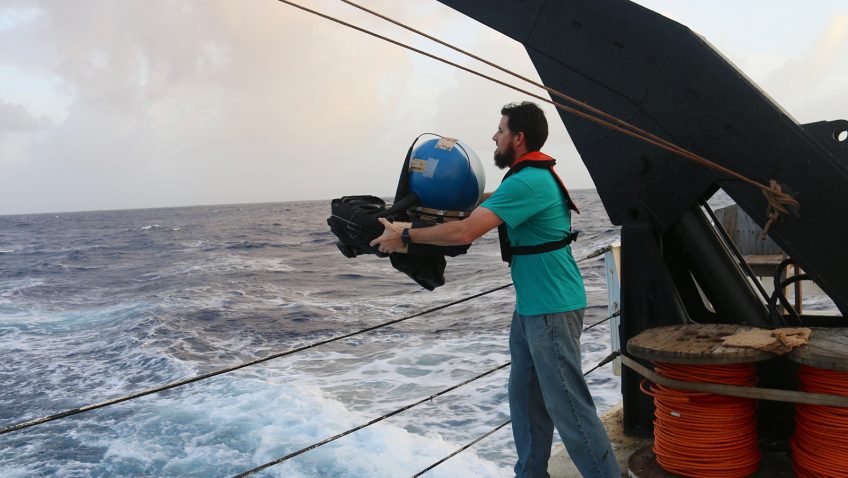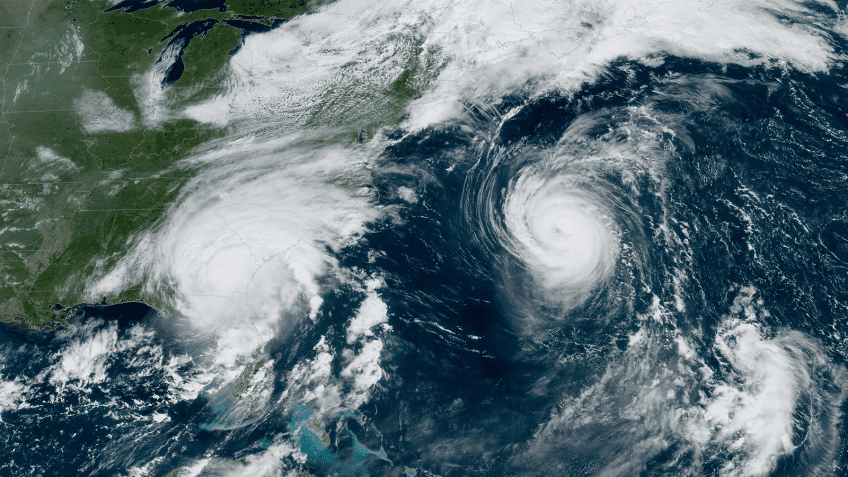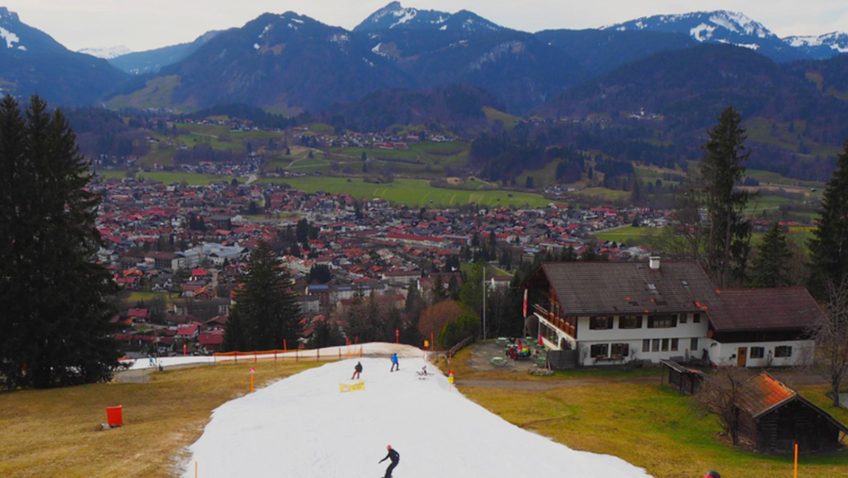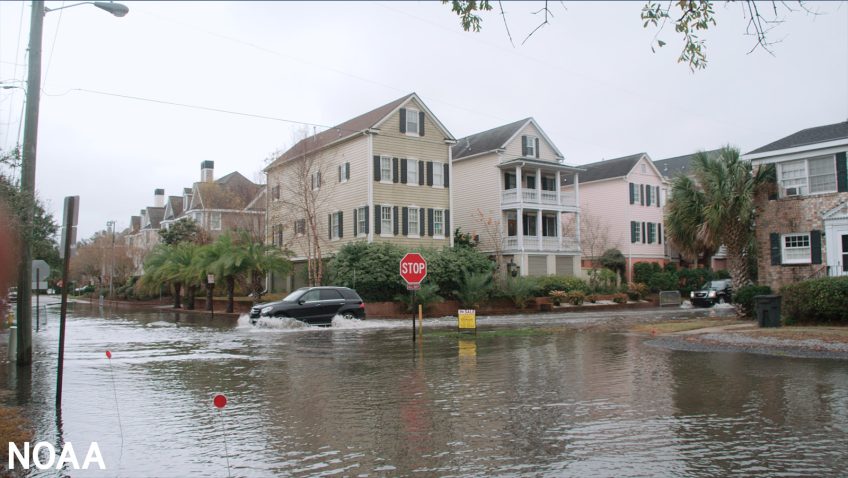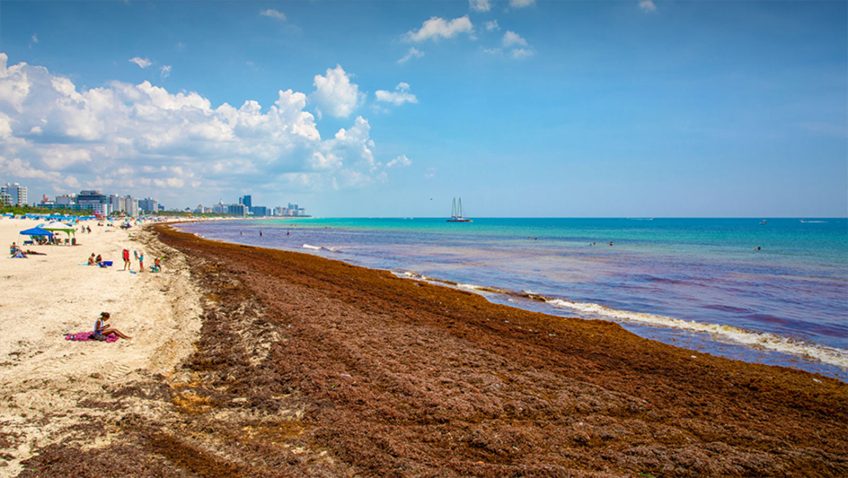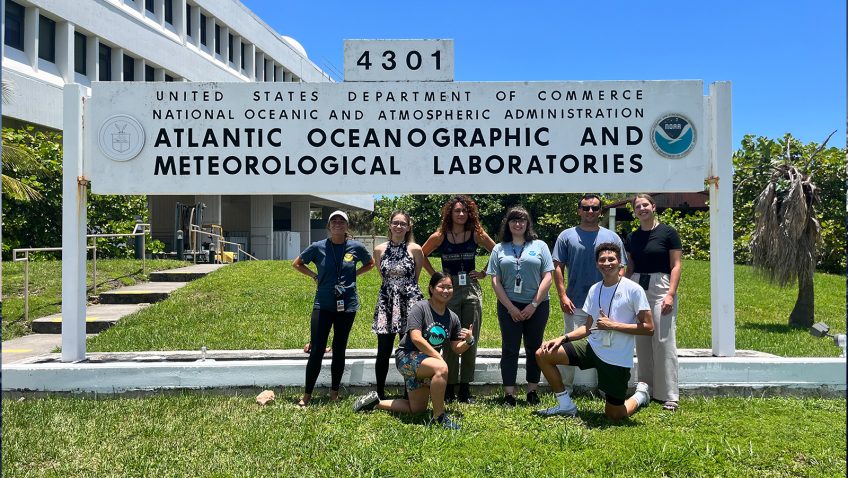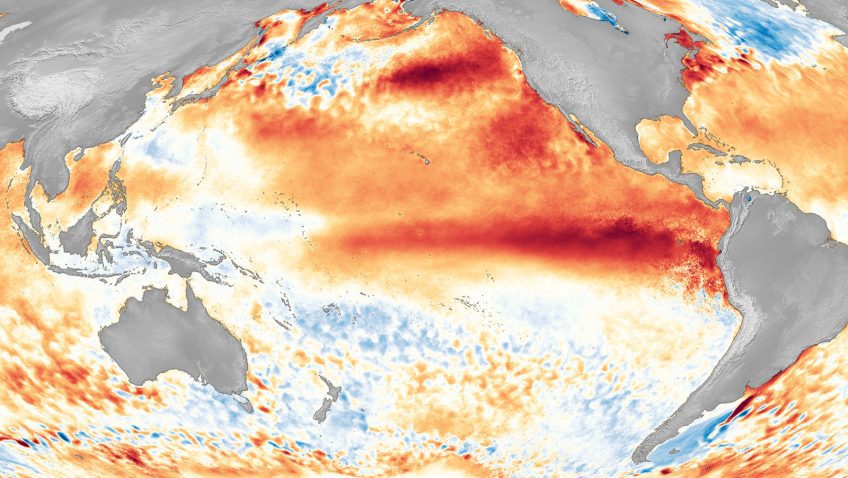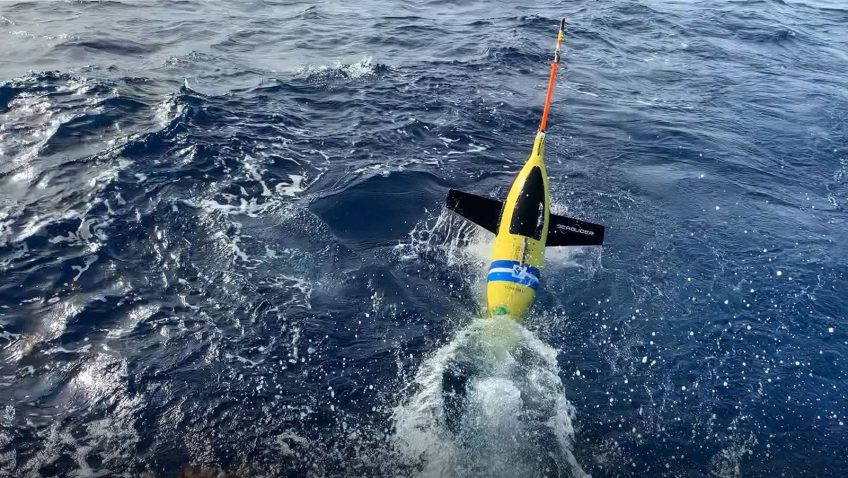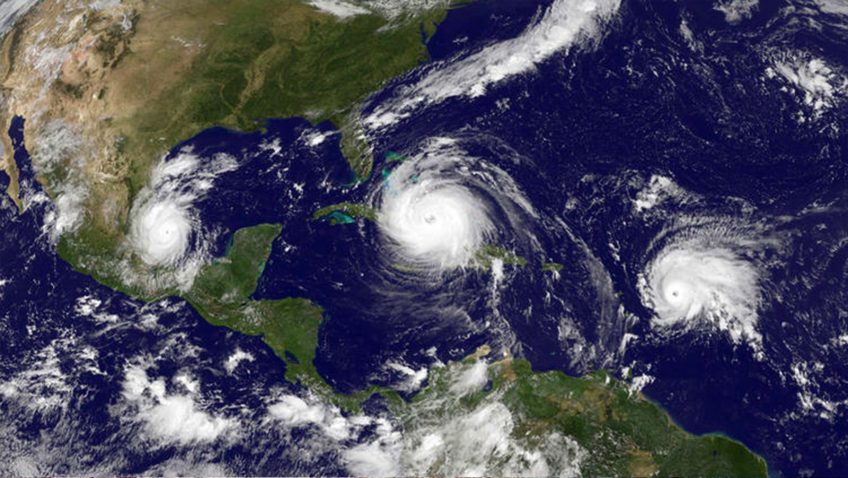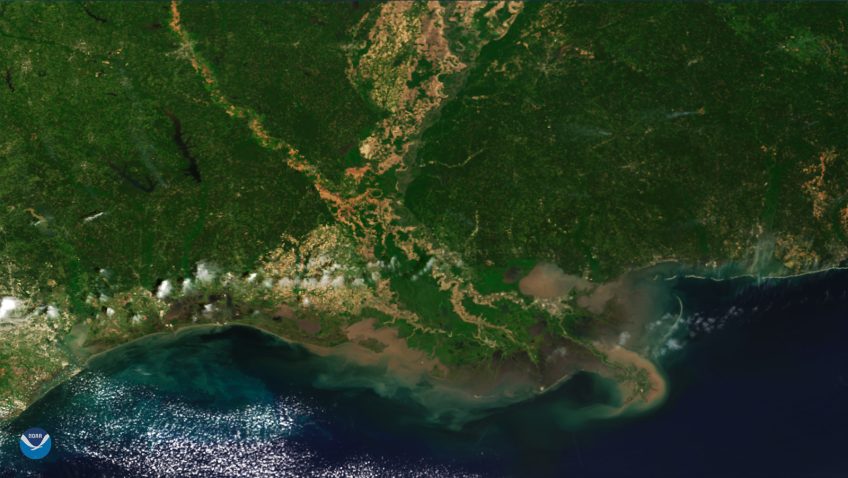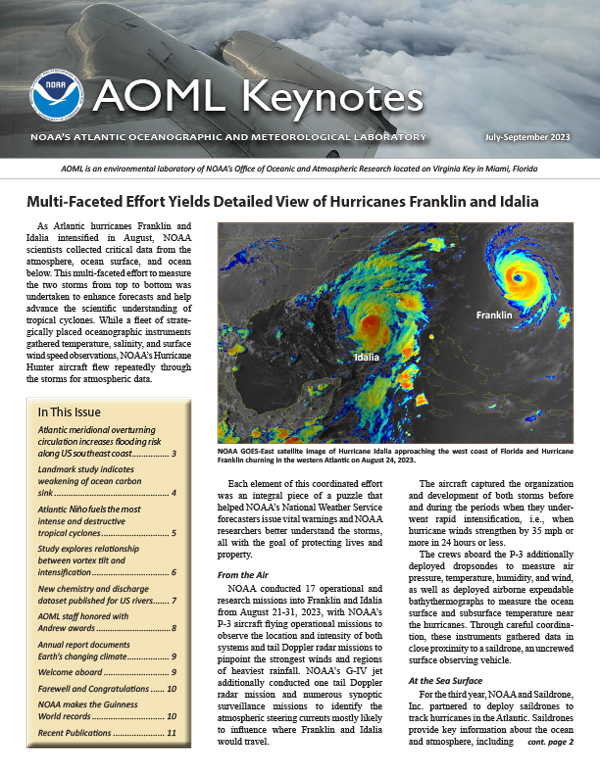ERDDAP Server Increases Access to Drifting Buoy Data
The Global Drifter Program at AOML has a new ERDDAP, or Environmental Research Division Data Access Program, server that is now publicly available and hosts both hourly and 6-hour quality-controlled interpolated drifter datasets. This new scientific data server uses free and open-source software created by the Environmental Research Division of NOAA’s Southwest Fisheries Science Center.
